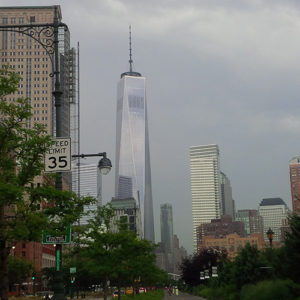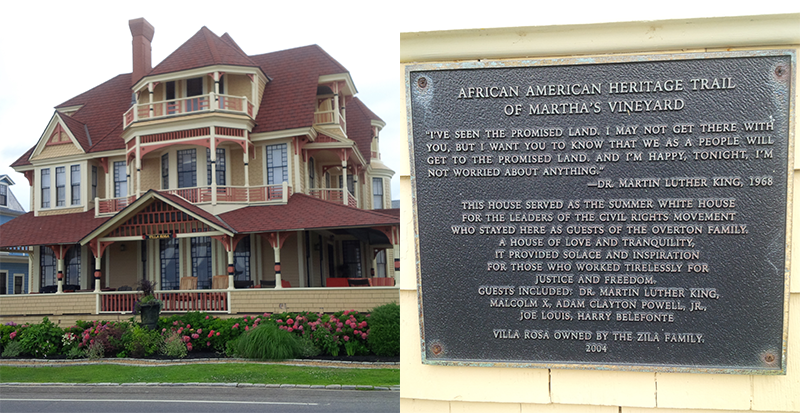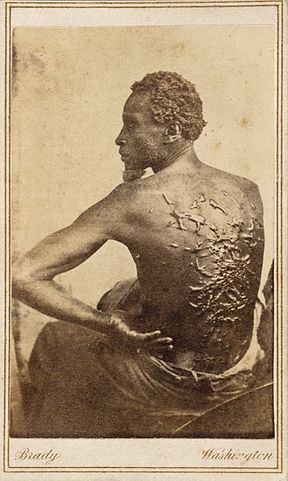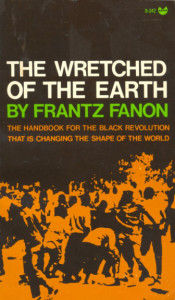First Time Visit to One World Trade Center
 During my triathlon practice trip to New York City last July ,I happened to cycle by the One World Trade Center complex. I hadn’t been to this part of town since just before the 9/11 attacks 15 years ago. I have gone to New York multiple times since the attacks, but there was a mental block that was preventing me from going anywhere the site. Being reminded of the events that happened there brought back some really bad memories from that day.
During my triathlon practice trip to New York City last July ,I happened to cycle by the One World Trade Center complex. I hadn’t been to this part of town since just before the 9/11 attacks 15 years ago. I have gone to New York multiple times since the attacks, but there was a mental block that was preventing me from going anywhere the site. Being reminded of the events that happened there brought back some really bad memories from that day.
On September 11, 2001, I had just started the second day of my final year at college. It started out as a beautiful, sunny Tuesday with a cool, late summer breeze. I was at work at my part-time job a little before 9am when a coworker named Denise came into my office and said that a plane had just crashed into one of the Twin Towers. My coworker and I immediately went into a conference room where there was a television. I turned it on to CNN and saw the sheer horror of a plane sticking out of the side of a tower. A few other coworkers came into the conference room with shock on their faces. At this point, we were all convinced that this was just a really bad accident.
That was until the second plane crashed into the other tower.
“This is terrorism,” said Bernard, another co-worker. “This is not an accident.”
Our boss then came into the room and said we can all go home for the day. It seemed like all of downtown Boston had the same idea to go home, as the train and the bus I got on suddenly got crowded with people who just got the bad news. There were a couple of women crying hysterically. Back then there wasn’t any social media or mobile phones, but there were a few people on the bus who were getting updates on their PDAs (personal digital assistants). One man announced to the bus that the two planes came out of Logan Airport. There was suddenly one big sigh and a few “Oh my God” variations.
When I got home, I started getting phone calls from my parents and friends to make sure I was okay. I turned on the TV and my eyes were glued to the set all day. I saw the Twin Towers come down over and over again, people covered in white dust running away from the scene, and, unfortunately, a few people jumping to their deaths. Then there were reports of other planes crashing into the Pentagon and in rural Pennsylvania.
“What the hell is going on,” I said to myself multiple times.
About a few hours later, it was revealed that the planes were hijacked by radical Muslims associated with al-Qaeda. Akhil, a Sikh guy I was casually dating at the time, was attending graduate school in New York. He wears a turban, is brown-skinned and wore a long beard. He called me constantly days after the attacks to tell that he was being harassed in the streets because people thought he was Muslim. What made this worse is that he had a childhood friend who was working in one of the towers during the attacks. The friend luckily survived but was severely injured both mentally and physically for life. It was horrible that Akhil was dealing with this near-death experience with his friend, and at the same time, dealing with harassment from people who thought he was directly responsible for the attacks.
The oddest part about the whole situation was that I was actually inside Tower One just two weeks before the attacks.
I was in New York at the time for a UN reception for college students interested in careers in foreign policy, and participants were taken on bus tours of the city. When the bus stopped in between the Twin Towers, I marveled at the height and grandeur of the towers. Because the bus tour was running late, we only had time to see the lobby in Tower One. We were actually supposed to go to the top of the building to see the city’s skyline.
Sometimes in the back of my head even now I think: Suppose my bus tour happened two weeks later? What if we went to the top the of the tower?
I just count my blessings every day.
I strongly believe the 9/11 attacks affected my perspective in many ways:
Terrorism is real, but immune: After 9/11 I quickly learned that America wasn’t immune to terrorism on its soil. Before then, such attacks only happened “over there” in some middle eastern country. Unfortunately, because there have been so many attacks in the last 15 years in the United States, including here in Boston, and in other countries, I think many Americans have become emotionally immune and detached.
Distrust in government: 9/11 brought this country together in a way that has never been seen before. However, the poor handling of the so-called “War on Terror” by the Bush administration was very distressing and has since made me question the motives of all politicians, including Obama. Unfortunately, we are still dealing with the consequences of othe Iraq War, namely the rise of ISIS.
Fear of tall buildings: I have since developed a fear of going into building with more than 10 floors. All I think about when I see a really tall building is that what will I do if an attack happens and I can’t get out the building.
Compassion: This is especially for Muslims in America. The vast majority of Muslims are patriotic, law-abiding people who love America and detest terrorism just as much as other Americans.
So when I cycled by One World Trade Center in July, a lot of these emotions came back to me. But I only paused quickly to pay my respects to the lost souls buried there, and then I continued on with my day.
I don’t see the 9/11 memorial site as not a tourist spot. It is a place that became a turning point in the belief systems for all Americans


